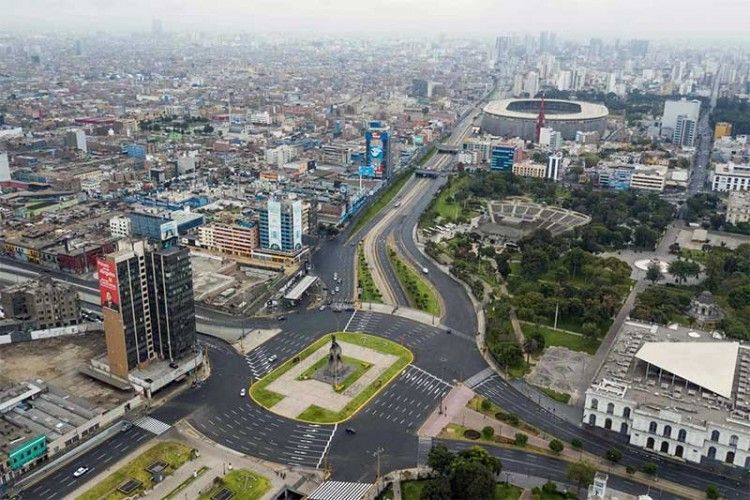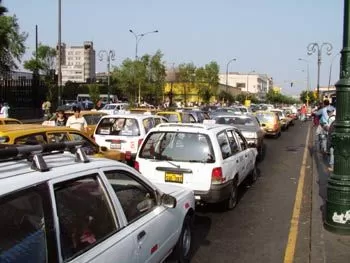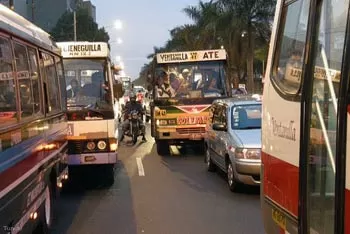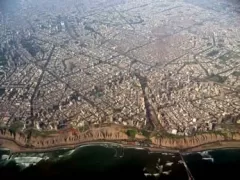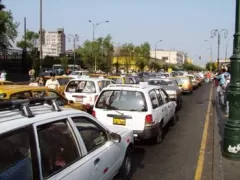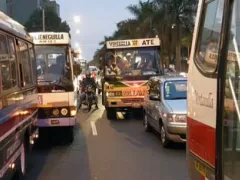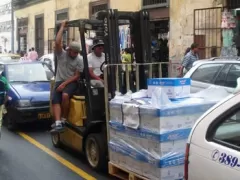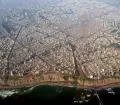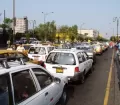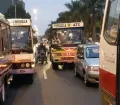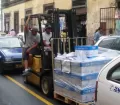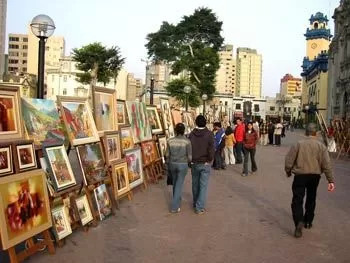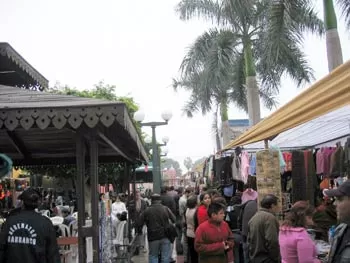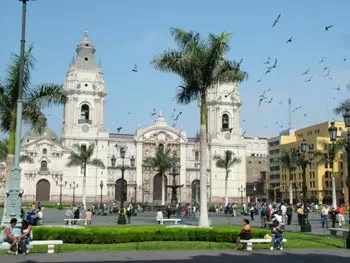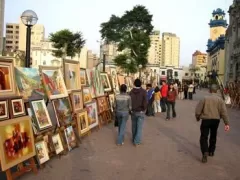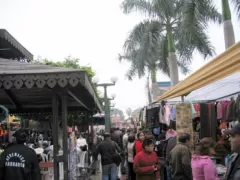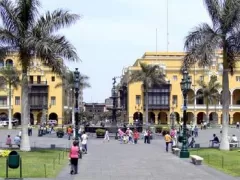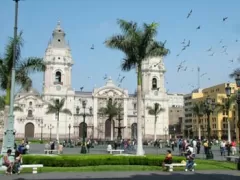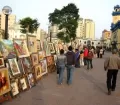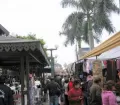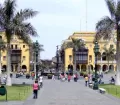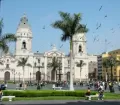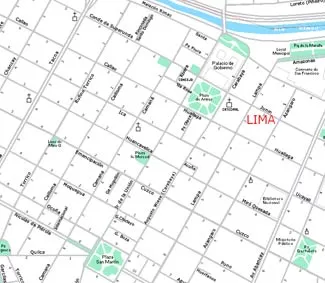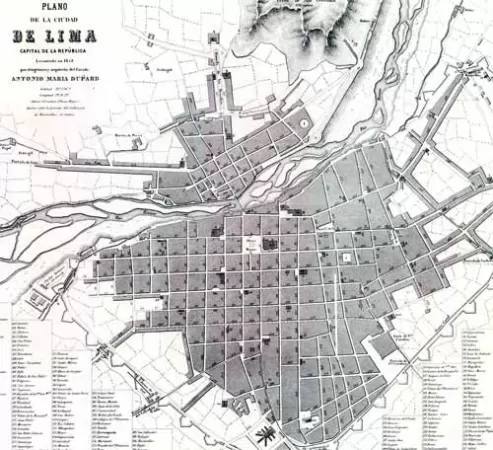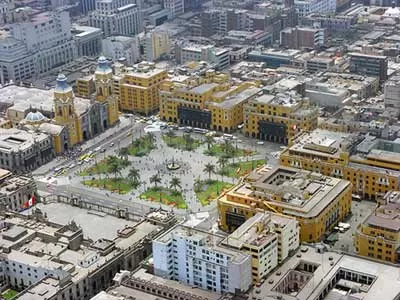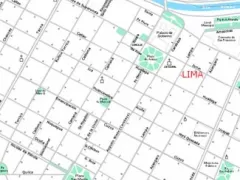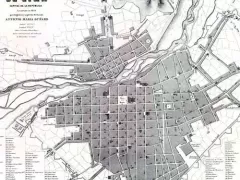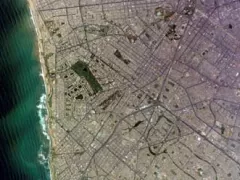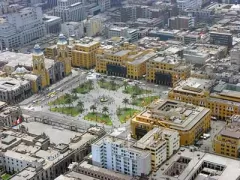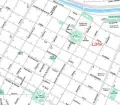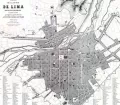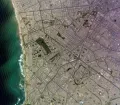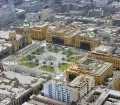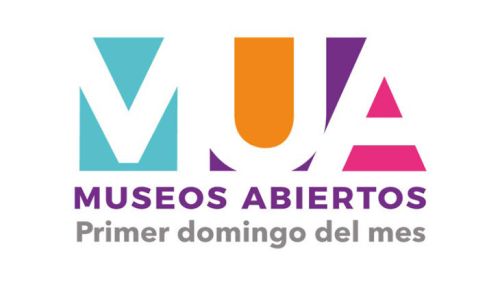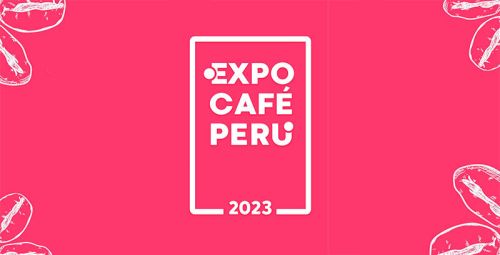Finding your way in and through Lima's city jungle can be quite a challenging experience. A puzzling ball-up of kilometer long main roads, side roads and one-way streets of course without proper road signs at the really important junctions connect the 43 districts of Lima and the 6 Callao districts and should ensure the movements of millions of inhabitants and an unknown number of visitors.
Instead of a proper public transport system, you find a chaotic and obscure system of privately owned and operated micro-buses and thousands of taxis. Heavy traffic including unusually aggressive and reckless drivers and many road constructions make getting around Lima difficult. And even if distances between the districts and points of interest seem very short, navigating in Lima can be a very time-consuming effort.
Arriving at the Lima International Airport
For most visitors, Jorge Chavez International Airport is the first stop in Lima. When coming out of the customs area, you get greeted by an enormous mass of people. Many taxi drivers will immediately see you as potential fares. The entire experience is very disturbing, especially after a long flight. You should keep calm and try to avoid the many vendors. We recommend using one of the taxi service companies registered at the airport like Taxi CMV (Taxi Remisse Ejecutivo), Taxi Mitsu Remisse, and Taxis Verdes (Green Taxi). These companies have little desks in the exit area. Prices might be a little higher than from taxis outside the main gate, but are fixed and announced on a billboard. We think the higher price is worth it, especially as your comfort and safety should go first.
Another good option to experience your first ride in Lima is to pre-arrange a pickup with the hotel or hostel you are staying at. They will wait for you at the arrival directly at the exit of the customs area and bring you hassle free to your hotel. Most offer this service to their customer for free, others charge a little fee. We strongly recommend not to rent a car at the airport, at least when you're not used to the Lima traffic!
How to move around?
Once at your hotel in one of Lima's better districts, you won't have a problem getting around on foot. Every neighborhood has all amenities and probably a few sights close by. And even in Lima's historical city center, it's simple finding your way and getting to all important sights on foot. While it's easy to get around the district you are staying at or the center on foot at one point or the other, you need some sort of transportation to get to other points of interest shattered around town.
Here you actually only have two options: take a taxi, either hotel owned taxis, a taxi you call on request from a company or a taxi from the street, or for the more adventurous jump onto a bus.
How to make sure that you get somewhere?
Which form of transportation you use depends on you, but it's always good to have at least a slight idea where you want to go. While for example some taxi drivers won't know the museum you want to go to, they surely will know the way when you tell them the street name of the nearest Avenida (avenue) and the district or the other way round, they don't know the street, but the museum. Therefore, if you want or need to go to a special address, make sure you not only have the street name but also the district in which it's located.
There are lots of streets with the same name but in different districts. It might not be fun when you want to go to Calle Leoncio Prado in Miraflores and end up in San Juan de Miraflores on a street with the same name. As some bigger streets pass through many districts, it might be wise to know in advance if you just have to go a few blocks or cross the city.
Limas Streets & Blocks
All streets in Lima, long or short, are divided into blocks (cuadras). In Colonial Lima (today's historical city center) one block was exactly 122m long. For those of you not familiar with this system, one block today is normally limited by two side roads. House number 135, for example, is on block 1. When a side road crosses the street, a new block starts and you are then on block 2, for example, with house number 202. House number 953 would be on block 9, 1258 on block 12, 5445 on block 54 and so on.
All even house numbers can be found on one side of the road, all uneven on the other side. Note that house numbers are not consecutive, meaning there might be a number of 234, no number 236 and 238, the next number could be 240. Another especially for Europeans puzzling matter: in Peru the 1st floor (1° piso) it's actually the ground floor; the 2nd floor (2° piso) is the 1st floor and so on.
Confused or even scared off? No need for it. Once you are here in Lima, you surely will find your way through the amazing and exciting Peruvian capital.


